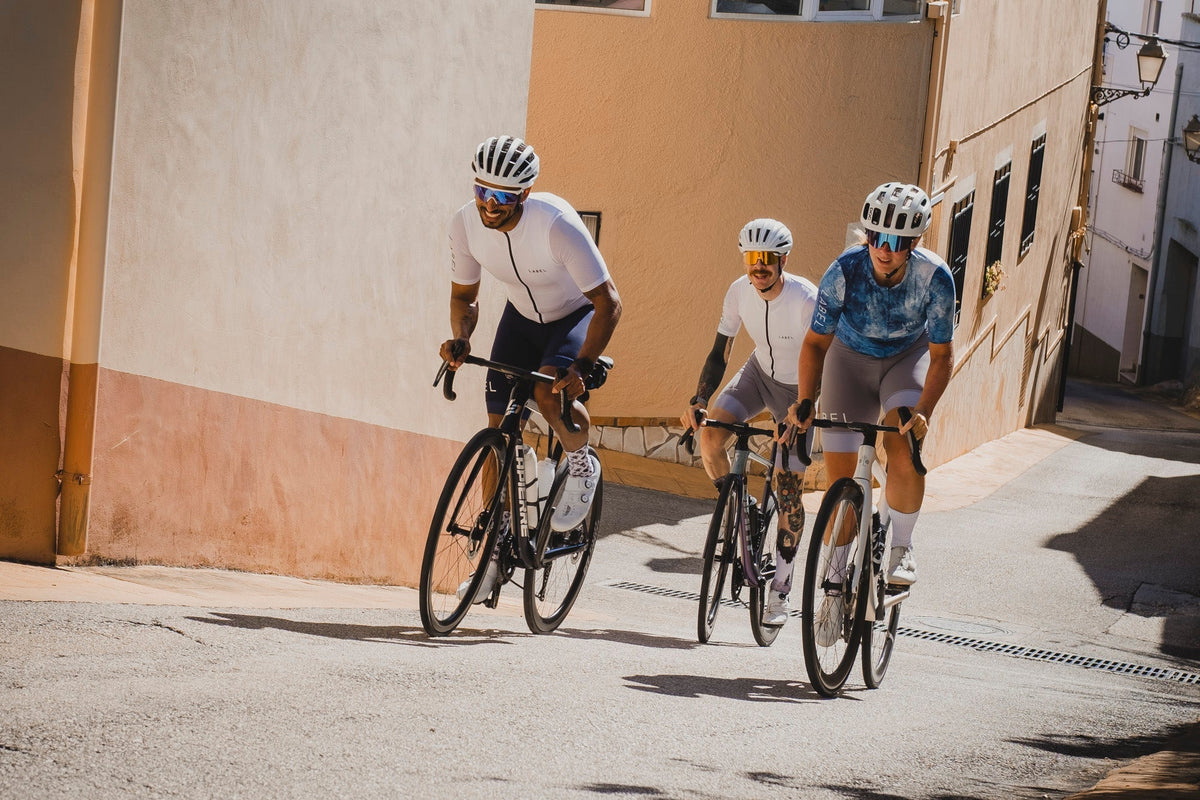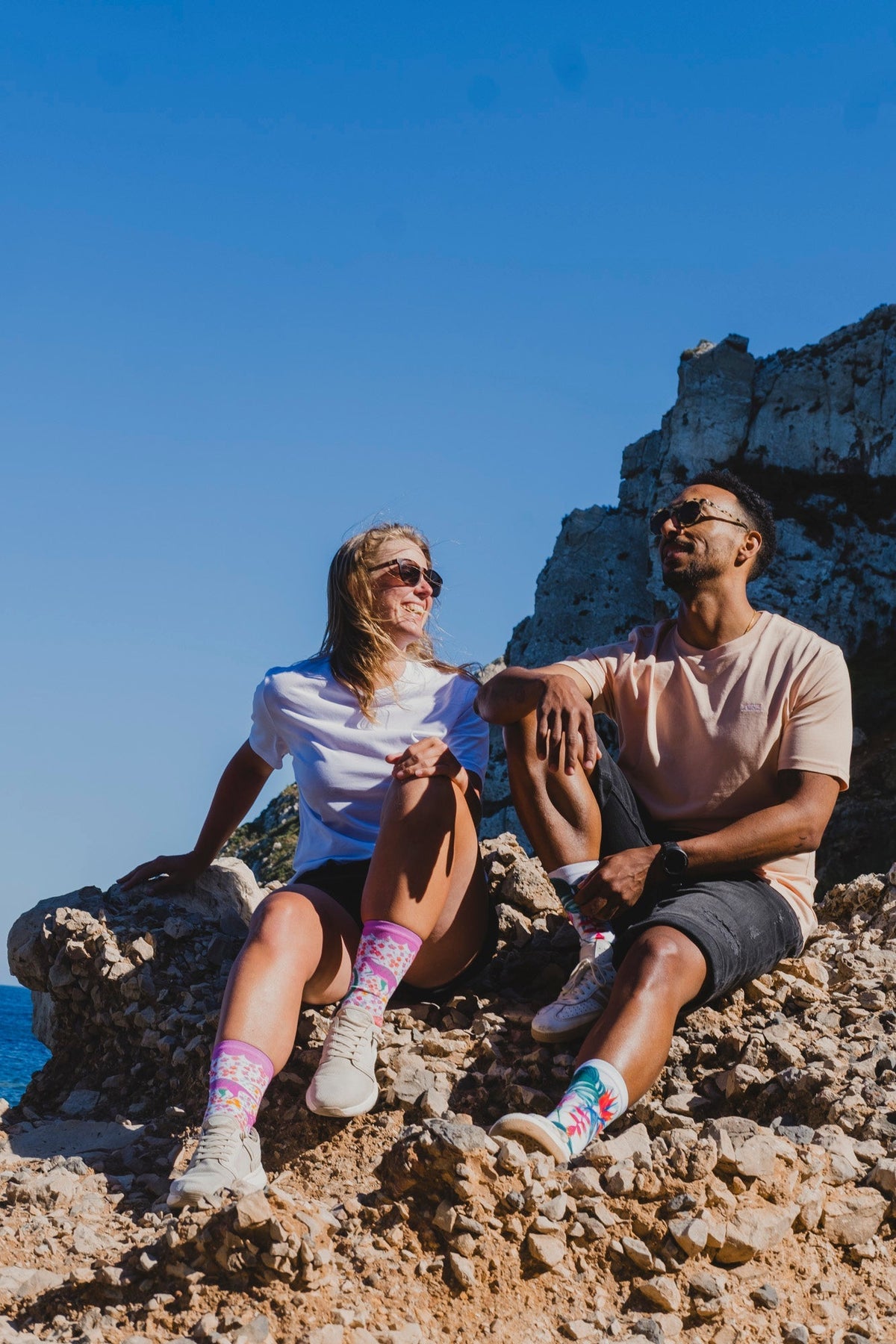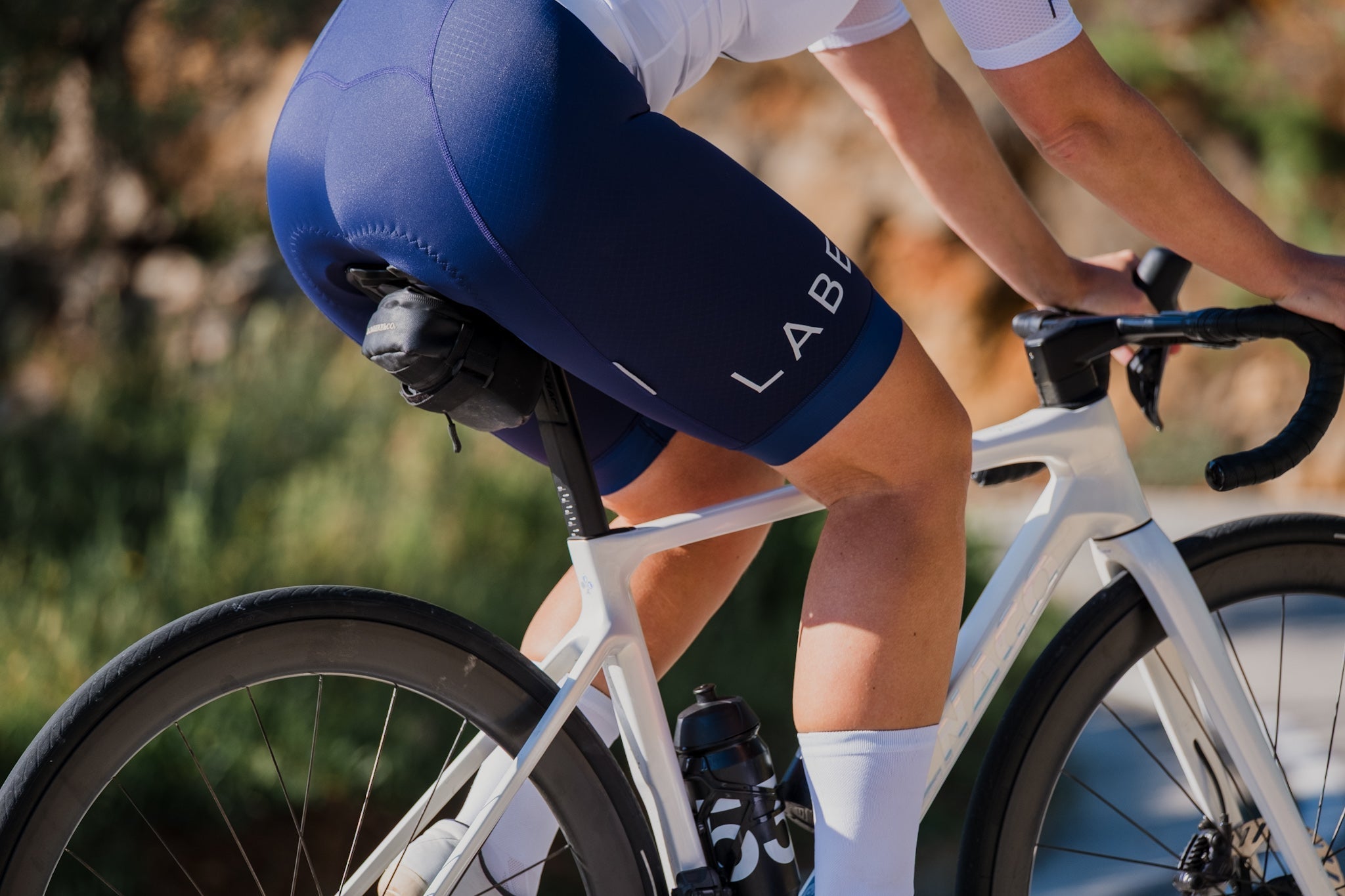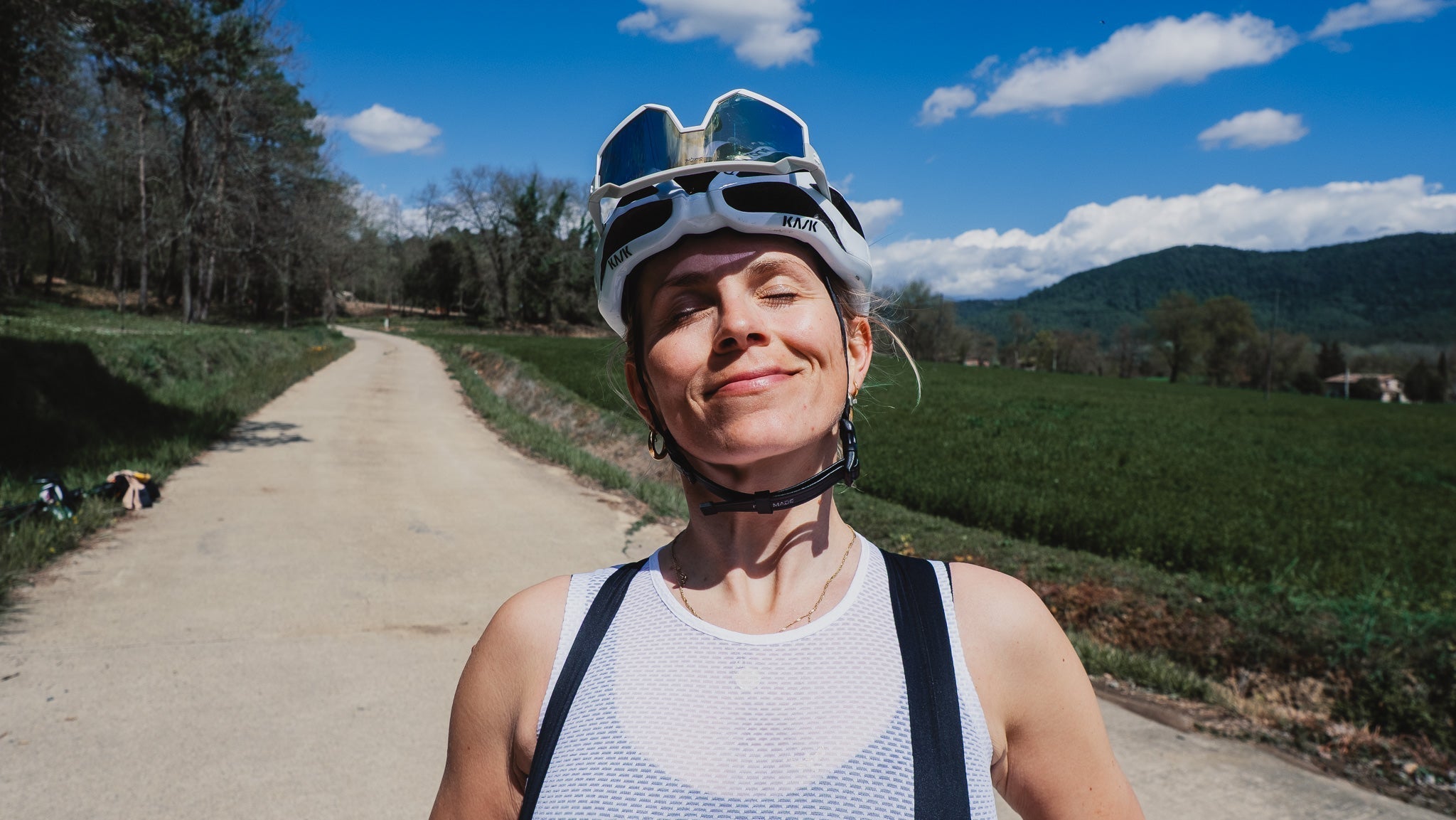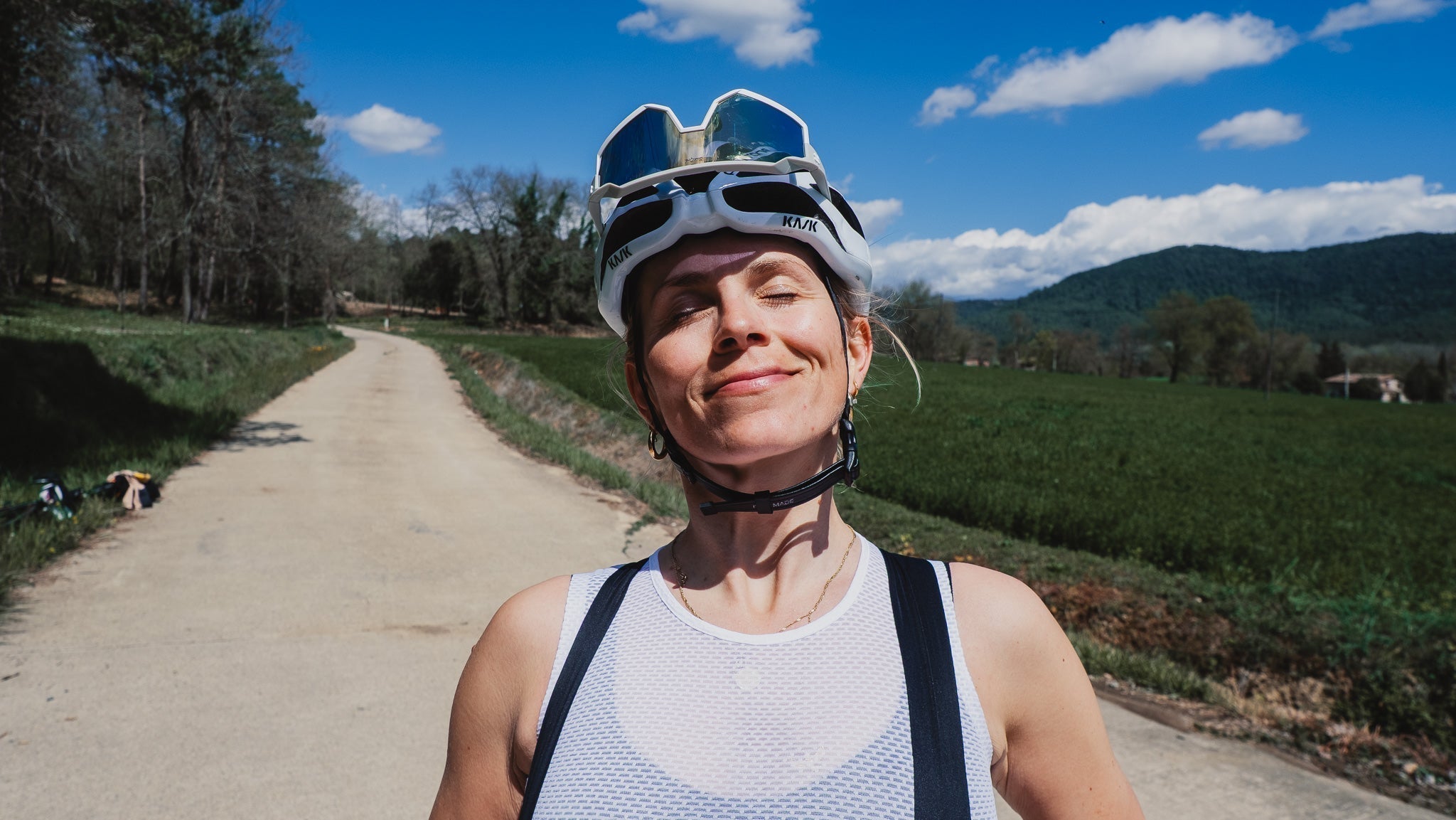
Niektoré jazdy sú o rozpoložení mysle. Iné o spoločnom posúvaní hraníc. Výber medzi jazdou sólo alebo pripojením sa k skupine závisí od vašej nálady, cieľov a toho, ako chcete tráviť čas v sedle.
Neexistuje správny alebo nesprávny prístup. Svoje miesto majú sólové aj skupinové jazdy. Kľúčom je vedieť, čo každá z nich ponúka a kedy si vybrať.
Poďme si to rozobrať.
Výhody jazdy osamote
Jazda osamote vám dáva priestor – fyzický aj psychický. Je flexibilná, osobná a často presne to, čo potrebujete, keď sa vám život zdá hlučný.
Prečo fungujú sólové jazdy:
-
Vy si určujete tempo, trasu a zastávky
-
Môžete jazdiť, kedy vám to vyhovuje
-
Máte čas na premýšľanie, reflexiu alebo odpojenie sa
-
Môžete pracovať na konkrétnych zručnostiach alebo tréningových zónach
Mnoho ľudí nachádza svoje najjasnejšie myšlienky a najlepšie nápady práve pri samostatných jazdách. Nie sú tam žiadne očakávania, nie je potrebné držať krok a žiadne kompromisy. Len vy, váš bicykel a cesta pred vami.
Vyskúšajte sólo jazdu, keď:
-
Potrebuješ mentálny reset
-
Máte málo času
-
Pracujete na štruktúrovaných intervaloch alebo zručnostiach
-
Chcete úplnú slobodu a ticho
Výhody skupinových jázd
Skupinové jazdy prinášajú energiu, zodpovednosť a prepojenie. Či už ide o pár priateľov alebo väčšiu skupinu, jazda s ostatnými udržiava spoločenskú atmosféru a môže vám pomôcť jazdiť dlhšie alebo intenzívnejšie, ako by ste jazdili sami.
Prečo fungujú skupinové jazdy:
-
Zostanete motivovaní a dôslední
-
Naučíte sa skupinové zručnosti, ako je kreslenie a rotácia
-
Objavíte nové trasy a štýly jazdy
-
Budujete priateľstvá a komunitu
Skupinové jazdy vás vyzvú inak. Naučíte sa držať krok s ostatnými, jasne komunikovať a posúvať svoju komfortnú zónu. Kilometre ubiehajú rýchlejšie a spoločné úsilie vám uľahčí ťažké chvíle.
Vyskúšajte skupinovú jazdu, keď:
-
Chcete si vybudovať konzistentnosť a zostať zodpovední
-
Trénujete na podujatie alebo jazdíte s ostatnými
-
Chcete zlepšiť rýchlosť a vytrvalosť pomocou tempa
-
Hľadáš nových ľudí alebo chceš budovať komunitu
Výzvy jazdy osamote
Samostatné jazdy môžu byť oslobodzujúce, ale nie vždy sú jednoduché. Za všetko ste zodpovední vy – za plánovanie, tempo, motiváciu a bezpečnosť.
Na čo si dať pozor:
-
Bez zodpovednosti môže byť ťažšie zostať dôsledný
-
Nemáte žiadnu zálohu v prípade mechanických problémov
-
Dlhé sólo jazdy sa môžu zdať osamelé alebo psychicky vyčerpávajúce
Jazda sama učí odolnosti, ale musíte poznať svoje limity. Naplánujte si trasy, na ktorých sa cítite pohodlne, prineste si náradie a nabitý telefón a dajte niekomu vedieť o svojom pláne.
Výzvy skupinových jázd
Skupinové jazdy spájajú ľudí, ale vyžadujú si aj koordináciu, uvedomelosť a flexibilitu.
Na čo treba pamätať:
-
Možno budete musieť urobiť kompromis v tempe alebo trase
-
Dynamika skupiny sa môže líšiť, najmä pri väčších skupinách
-
Môže to byť zastrašujúce, ak ste v jazde nováčikom alebo si nie ste istí etiketou.
Začnite s jazdou bez zhodenia alebo so skupinou vhodnou pre začiatočníkov. Pýtajte sa, buďte predvídateľní a dodržiavajte základnú etiketu skupinovej jazdy. S praxou to bude jednoduchšie.
Nájdenie rovnováhy
Nemusíte si vyberať len jedného navždy. Najlepší jazdci kombinujú oboje. Jazdite sami, keď sa potrebujete sústrediť. Jazdite s ostatnými, keď chcete mať kontakt.
Tu je postup, ako zmiešať oboje:
-
Využívajte sólo jazdy na regeneráciu, precvičovanie zručností alebo obnovenie myslenia
-
Využívajte skupinové jazdy kvôli rýchlosti, rozmanitosti a zodpovednosti
-
Striedajte týždenne, aby ste zostali motivovaní a predišli vyhoreniu
Váš cyklistický zvyk vydrží dlhšie, ak bude fungovať pre váš život – nielen pre vaše tréningové ciele.
Pamätajte
Či už jazdíte sami alebo s ostatnými, najdôležitejšie je, že jazdíte vy. Každý typ jazdy ponúka niečo iné. Vyberte si to, čo vyhovuje vašej energii, vašim cieľom a vášmu týždňu.
Niektoré dni sú určené na naháňanie wattov s partiou. Iné sú zas na tiché cesty a vlastné myšlienky.
V Label Collective jazdíme oboma spôsobmi. Naša výbava je vyrobená pre pohodlie, sústredenie a pohyb – sólo alebo v spoločnosti. Nech už jazdíte kdekoľvek, prineste zo seba to najlepšie. A stále sa objavujte.
Rovnováha v pohybe znamená vedieť, kedy jazdiť samostatne a kedy jazdiť spolu.
Súvisiace čítania v denníku trasy:
Nakupujte naše kolekcie
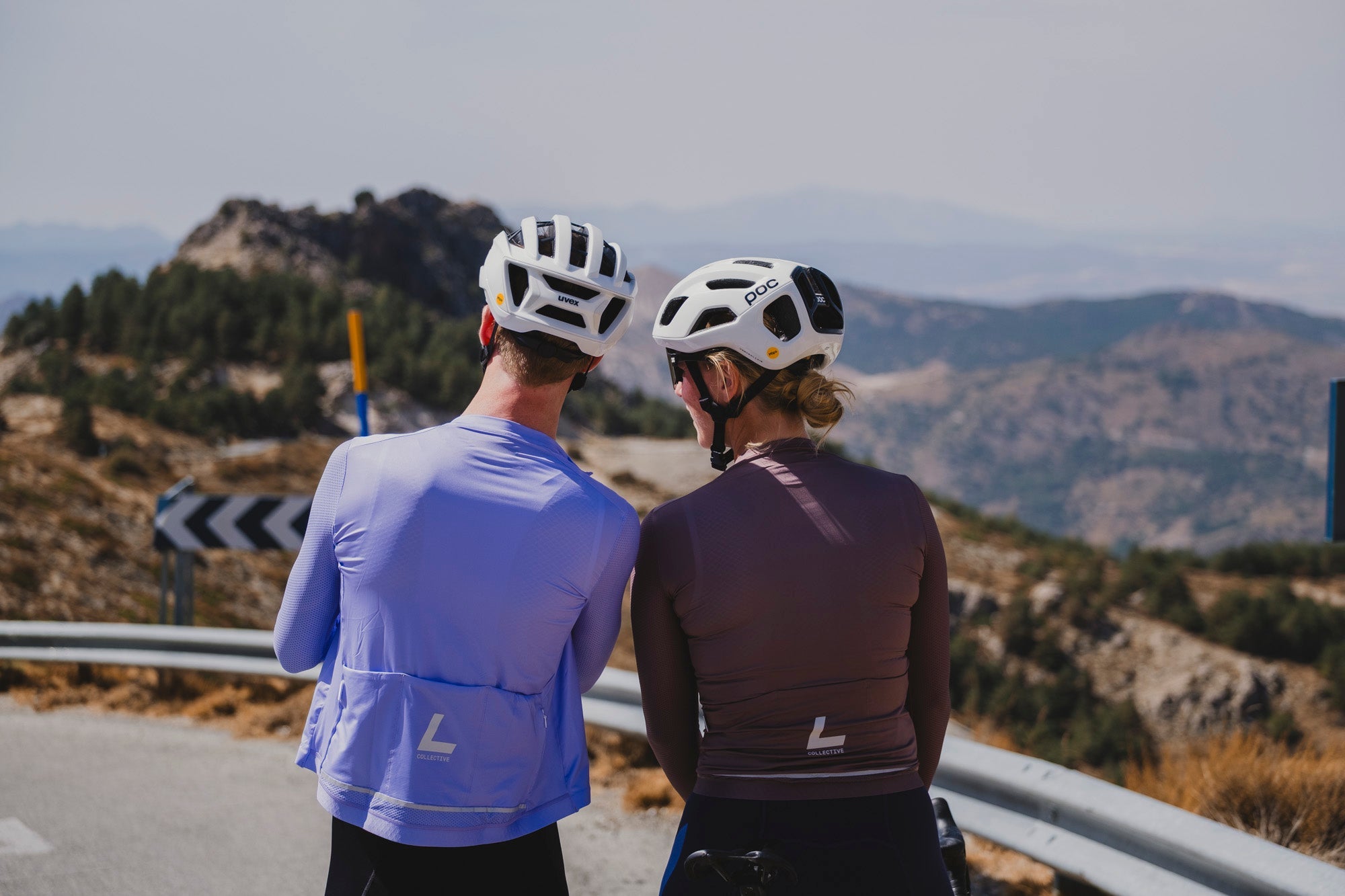
Dresy
